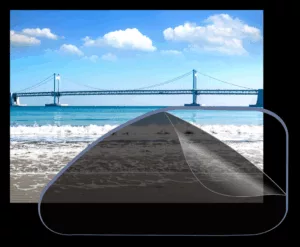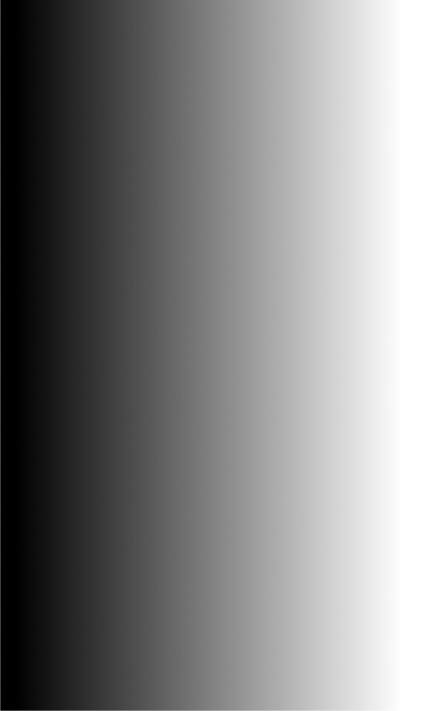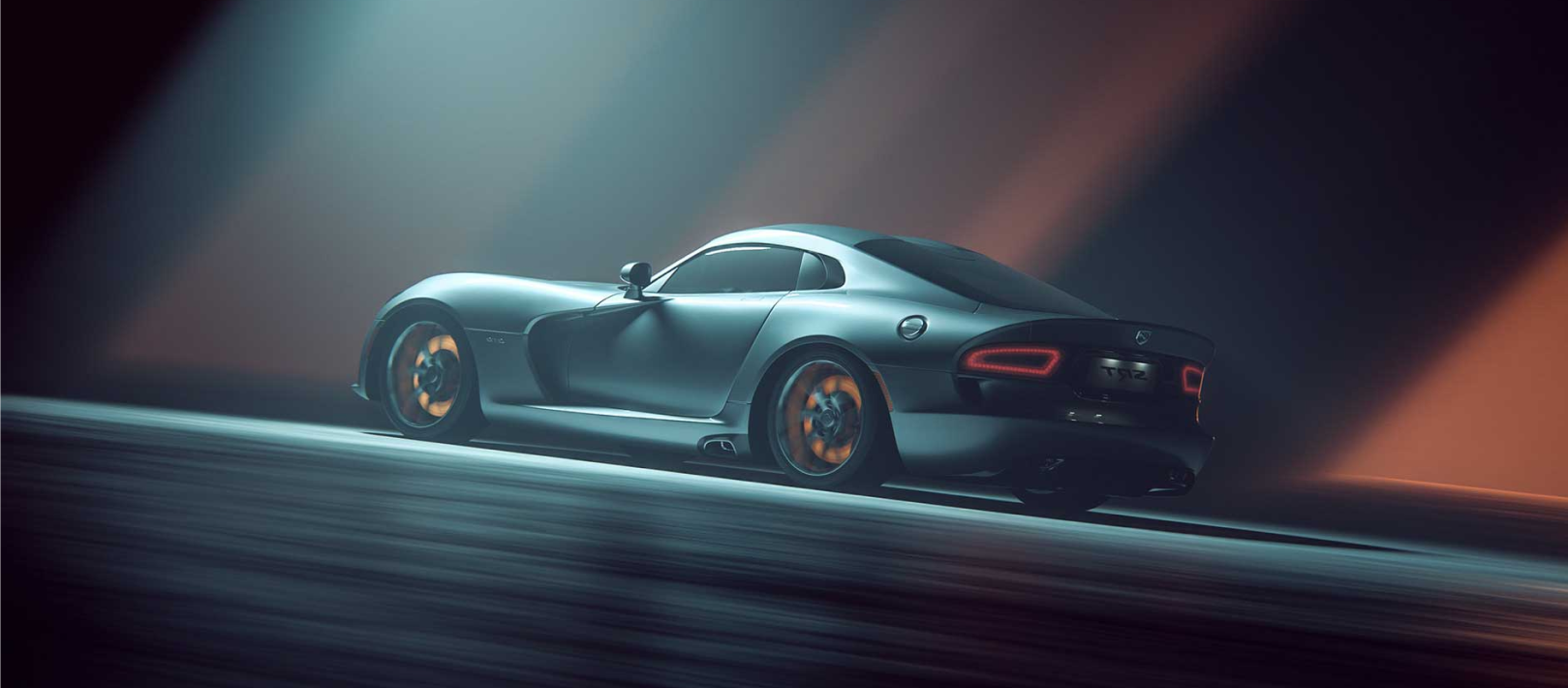What’s the Legal Tint in Illinois? Why It Matters in 2025
What’s the Legal Tint in Illinois? Why It Matters in 2025
Window tinting isn’t just a cosmetic upgrade—it’s a practical solution for protecting your car interior, reducing glare, and enhancing privacy. But in Illinois, tinting your car windows without following the law can cost you more than just a fine. Whether you’re tinting for style or protection, understanding what’s the legal tint in Illinois is crucial to avoid trouble.
In this blog, we’ll break down the Illinois window tint laws for 2025, explain why these laws exist, and show you how choosing a premium provider like TERMINAX ensures your vehicle stays both compliant and stylish.

Why Window Tinting Is Popular in Illinois
From hot summers in Chicago to blinding snow glare in the winter, Illinois drivers face extreme conditions throughout the year. Window tinting helps by:
- Blocking harmful UV rays that damage skin and upholstery
- Reducing heat buildup inside your car
- Enhancing privacy and security
- Reducing glare from headlights and sunlight
But while tinting offers many benefits, doing it illegally can lead to penalties, failed inspections, or even getting pulled over.
Understanding Window Tint Laws: What Is VLT?
Before diving into legal limits, it’s important to understand VLT, or Visible Light Transmission.
VLT is the percentage of light that passes through your window.
- 100% VLT = No tint
- 5% VLT = Very dark (commonly called limo tint)
- 35% VLT = Moderate tint, common legal threshold
Illinois law uses VLT to determine how dark your window tint can be. These rules differ depending on the type of vehicle and window.
What’s the Legal Tint in Illinois in 2025?
Illinois’ window tinting laws are straightforward, but different depending on whether you drive a sedan, SUV, or truck.
For Sedans (4-door passenger cars)
| Window | Legal Tint Limit (VLT) |
| Windshield | Non-reflective tint above the AS-1 line only |
| Front Side Windows | Must allow more than 35% of light in |
| Back Side Windows | Must allow more than 35% of light in |
| Rear Window | Must allow more than 35% of light in |
For SUVs, Trucks, and Vans
| Window | Legal Tint Limit (VLT) |
| Windshield | Non-reflective tint above the AS-1 line only |
| Front Side Windows | Must allow more than 35% of light in |
| Back Side Windows | Any level of darkness allowed |
| Rear Window | Any level of darkness allowed |
Key takeaway: If you’re driving an SUV or truck, you have more flexibility when tinting rear windows.
Reflectivity Rules: What’s Allowed?
Some tints have reflective or mirrored surfaces to reduce heat, but Illinois has restrictions here, too:
- No metallic or mirrored tint allowed on front or back side windows
To stay legal, your tint must reduce glare and heat without reflecting like a mirror—something that TERMINAX window film is specifically designed to do.
Why Do These Tint Laws Matter?
1. Safety for Drivers and Police
Overly dark tint reduces your visibility—especially at night—and can make it harder to spot pedestrians, cyclists, or cars. For police, dark tints make it difficult to assess threats during traffic stops, raising safety concerns.
2. Avoiding Penalties and Legal Hassles
Using tint darker than the legal limit can result in:
- Fines between $50–$500
- A Class C misdemeanor on repeated violations
- Forced removal of the tint
- Issues during vehicle inspections or registration
Choosing a trusted brand like TERMINAX helps you avoid all of these problems. Our tints are engineered to comply with Illinois law and offer certified documentation for peace of mind.
3. Passing Vehicle Inspections
In Illinois, vehicles may be subject to random inspections, especially for commercial and rideshare drivers. Illegal tint can lead to inspection failure and loss of business opportunities.
4. Insurance Implications
Some insurance policies may be voided or claims denied if it’s found that your tint was illegally installed. Staying compliant is also key to keeping your policy valid.
Medical Exemptions for Darker Tint in Illinois
If you have a medical condition that requires you to avoid sunlight—like lupus, melanoma, or photosensitivity—you may qualify for a tint exemption. To get one:
- Obtain a prescription or letter from your doctor.
- Apply for a medical tint exemption with the Illinois Secretary of State.
- Carry your exemption documentation in the vehicle at all times.
TERMINAX offers custom tint installations for medical exemptions, ensuring you meet both your health needs and state regulations.
How to Make Sure Your Tint Is Legal
Many drivers think their tint is legal—until they get pulled over. Here’s how to ensure you’re on the safe side:
- Ask for a meter reading: Tint professionals use a VLT meter to check how much light passes through the glass.
- Keep your receipt and certificate: Reputable installers like TERMINAX provide written proof of compliance.
- Know your vehicle type: Rules differ for sedans vs SUVs, so don’t assume all cars follow the same limits.
Why Choose TERMINAX for Legal Window Tinting in Illinois?
TERMINAX is a leader in window tint technology, and we specialize in compliant, durable, and stylish tints that meet all Illinois laws. Here’s what makes us different:
Legal Compliance, Guaranteed
Our tints follow all VLT and reflectivity laws for Illinois vehicles. We provide certification to show authorities that your tint is within legal limits.
High-Performance UV & Heat Blocking
TERMINAX tints block up to 99% of harmful UV rays, protecting your passengers and your interior without compromising visibility.
Professional Installation
Our trained installers use precision techniques to eliminate bubbles, peeling, or fading, giving you a clean finish that lasts for years.
Warranty & Support
All our products come with multi-year warranties, and our customer service team is here to help if you ever have concerns about compliance or maintenance.
What About DIY Tinting?
While it’s legal to tint your own car in Illinois, it’s easy to make mistakes:
- Cheap kits may not meet legal VLT specs
- DIY jobs often result in air bubbles or uneven edges
- You don’t get certification or warranty
With TERMINAX, you get a professional result with zero guesswork—and a guarantee that your car won’t raise eyebrows at traffic stops or inspection stations.
Final Thoughts
So, what’s the legal tint in Illinois? In short:
- 35% VLT or lighter on front side windows for all vehicles
- 35% VLT on the back side and rear windows for sedans
- Any darkness allowed on the back side and rear windows for SUVs and trucks
- No reflective tint allowed
And why does it matter? Because the risks—fines, legal issues, and insurance problems—aren’t worth it.
By choosing a trusted name like TERMINAX, you get the best of both worlds: a sleek, comfortable ride and full peace of mind that you’re driving legally.


